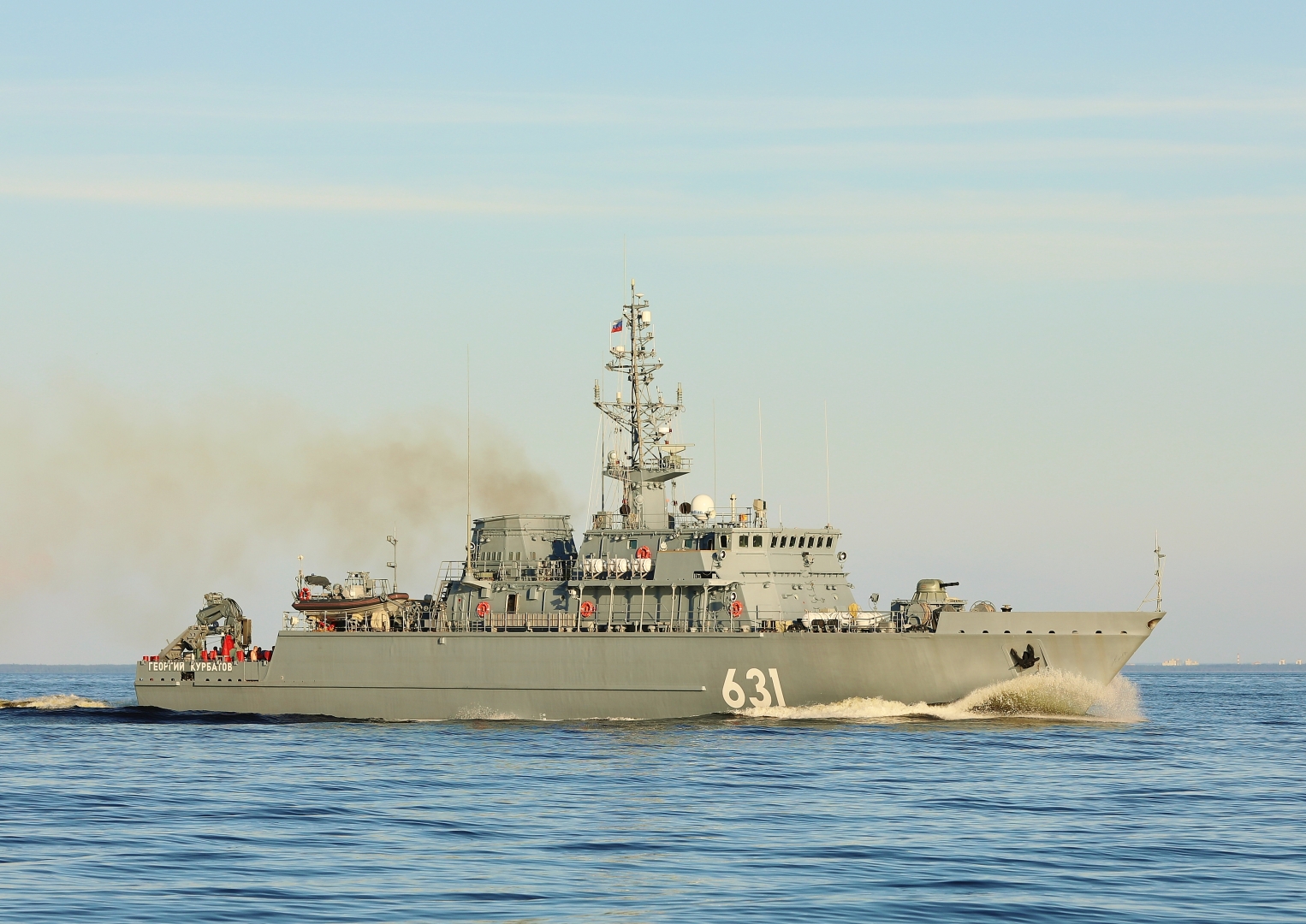
Armored Brigade Combat Team
M1A2 Abrams tanks from the battle group of the 3rd Armored Brigade at the shooting range of the Sventoszów firing range.
On January 14, at the barracks of the 11th Lubusz Armored Cavalry Division in Zagan, Prime Minister Beata Szydło, together with Minister of National Defense Antony Macierewicz, in the presence of US Ambassador to Poland Paul W. Jones and the commander of the 11th LDKPanc. division gen. Yaroslav Mika officially welcomed US Army soldiers from the 3rd Armored Brigade Combat Team to Poland. So, let's take advantage of this event to introduce readers to this type of US Army unit.
The 3rd Armored Brigade Combat Team (3rd ABCT), i.e. the 3rd Armored Brigade Combat Team, is an example of the heaviest because the armored
non-mechanized, maneuverable tactical formation of the US Army, created within the framework of the concept of creating a BBT (Brigade Combat Team), which we will treat casually in this article due to the scale of the issue due to the limited space in the pages of “Wojska i Techniki”. ABCTs are not meant to be moved frequently, and for that reason alone, moving ABCTs to Europe is an event in itself. However, from a military point of view, the deployment of AFTA on the eastern flank of NATO is more of a political gesture - towards the regional allies of the United States, but also towards Russia - the former administration of President Barack Obama, than a factor that significantly changes the balance of power. Although in the Polish media one could hear different, often dizzying theses on this topic.
From brigades to brigade combat crews
In the 80s, the US Army was organized in response to the challenges of the Cold War. Thus, the main force of the US Army Armed Forces was the heavy (armored) army corps stationed in the alleged theaters of war. First of all, it was about Europe, in which US troops were supposed to defeat the Warsaw Pact in accordance with the concept of air-to-ground combat. The heavy corps were supplemented by light infantry divisions as rapid reaction forces around the world, including in support of NATO. In the 80s, the US Army also began to receive doctrinally important weapons for deploying air-ground combat, i.e. M1 Abrams tanks, M2 Bradley infantry fighting vehicles, MLRS M270 field rocket launchers, UH-60A Black Hawk and AH-64A multi-purpose helicopters. Apache attack helicopters and anti-aircraft weapons - medium-range MIM-104 Patriot and short-range, portable complexes FIM-92 Stinger. A huge role in the AirLand Battle was played by tactical aviation, whose task was the so-called air interdiction isolation, i.e. destruction of the second line troops before they reach the front line. In this way, NATO ground forces would not have been forced to fight the superior - at least numerically - forces of the Warsaw University countries. In the US, even weapons programs have been initiated to provide the US Army with weapons for precision strikes against ground troops, carried out on an operational-tactical scale in quasi-real time (finally, the incomplete Assault Breaker program). An example in recent history of such use of aviation was Operation Desert Storm.
The end of the Cold War and the two-pronged standoff led to a conceptual shift in the US military toward a lighter, smaller, but more strategically mobile force (called Force XXI) capable of performing the full range of combat operations. hostilities. Including due to the widespread use of digital control and monitoring systems. As a result, this led to the creation of three types of BCT: IBCT (Infantry BCT, originally Light BCT - "light"), SBCT (Stryker BCT, originally Interim Brigade / IBCT) and ABCT (originally Heavy BCT - "heavy"). The main change was the "modularity" of individual types of BST, which became independent maneuver units with their own extensive staff and support structures, separated from existing divisional and corps structures. They, in turn, were supposed to serve (and serve) as command and command posts for the UGT. An example is the 3rd ABCT of the 4th Infantry Division, which itself is a good reflection of the modern US military. The division consists of three combat brigades (4nd IBCT, 2st SBCT, 1rd ABCT), an army aviation brigade (3th combat aviation brigade), divisional artillery (DIVARTY, in particular, a headquarters and headquarters battery, 4 -I Infantry Artillery Division), Logistics Brigade (4th Support Division). brigade) and command battalion (headquarters and headquarters battalion). The reform introduced meant that the individual BCTs became logistically independent, able to move and operate as forces separated from units. The role of the regiments, which previously provided logistical support for their battalions assigned to brigades, also decreased. Now BCT also takes care of the logistics of its battalions.
The US Army has defined ABCT missions as fighting and winning skirmishes and battles in support of ongoing operations and achievement of goals. ABST consists in capturing the territory of the enemy, destroying his troops and depriving him of the means of control over the local civilian population.
